Actually, planning is relatively easy for starting a vegetable garden. But doing it is another story. Just enjoy it while doing it and think of the benefits you will get. Great exercise in the morning, healthy food always available nearby, pesticide-free vegetables and a beautiful garden.
Here are a few steps in starting a garden:

1. Buy seeds. Vegetable seeds are readily available in agricultural stores, even in malls. You can also use seeds from the "wastes" while chopping vegetables. For example, bell pepper, set aside the seeds, let it dry for a few days and it will ready for planting. Kamote tops are cooked but you can plant the stalks that is discarded.

2. Find a spot in your backyard. Vegetables needs at least 6 hours of sunlight.
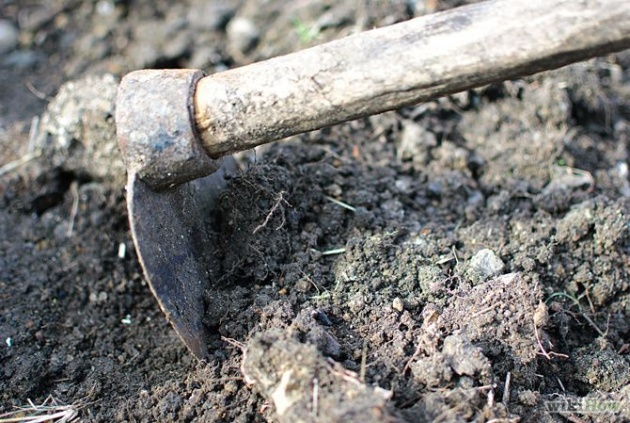
3. Cultivate the soil. This can be very exhausting but fulfilling. Dig at least 1 foot to 2 feet deep. Dig and churn the packed dirt. Or you can make boxes and fill it up with good soil.
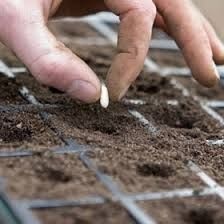
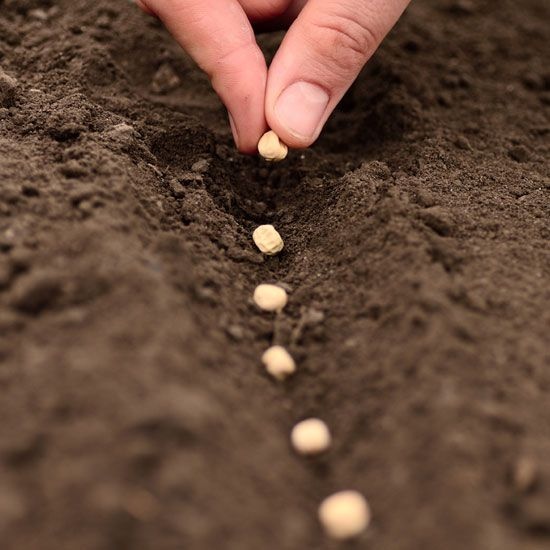
4. Plant seeds. Read the instructions on the back of the seed package, or on the plastic tag in your plant pot. You may have to ask experts when to plant them if it does not say on the back. Plant bedding plants when you are sure you can. Some seeds (such as tomatoes) should be started indoors, in small pots or seed trays, before the last frost, and only transplanted outdoors when the weather warms up.

5. Water your plants every other day. Don't over water them.
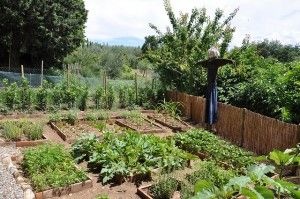
6. Visit your garden everyday if possible. Watch them grow. See if there are bugs or insects eating your vegetables, you can pick them one by one.
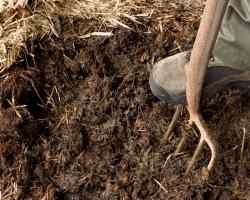
7. Put organic materials in your garden, such as vegetable shavings and other biodegradable materials. This can help your vegetables for the nutrients it needs to grow better.
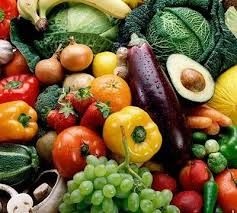
8. Harvest your vegetables and enjoy. When the fruits or the leaves have fully matured you can harvest your vegetables anytime you like.



